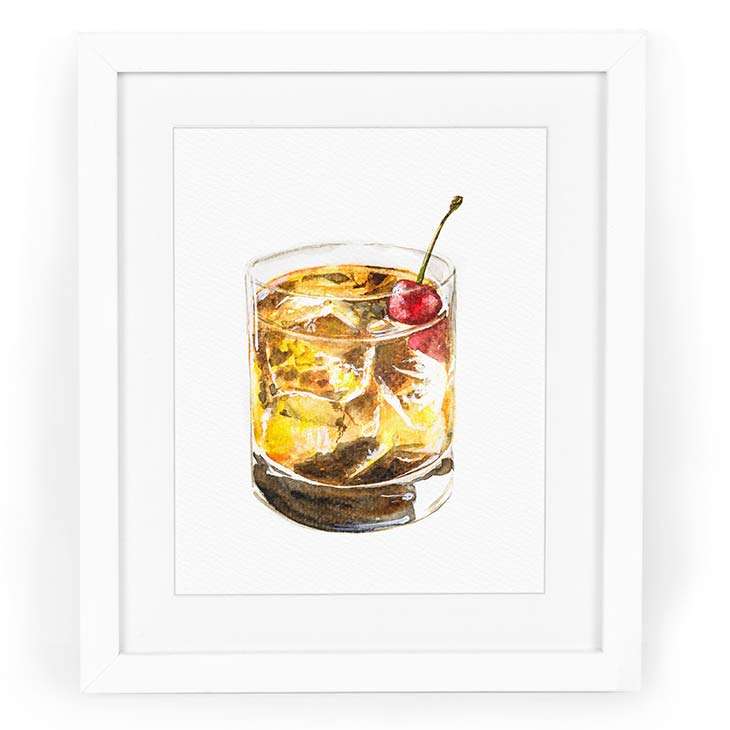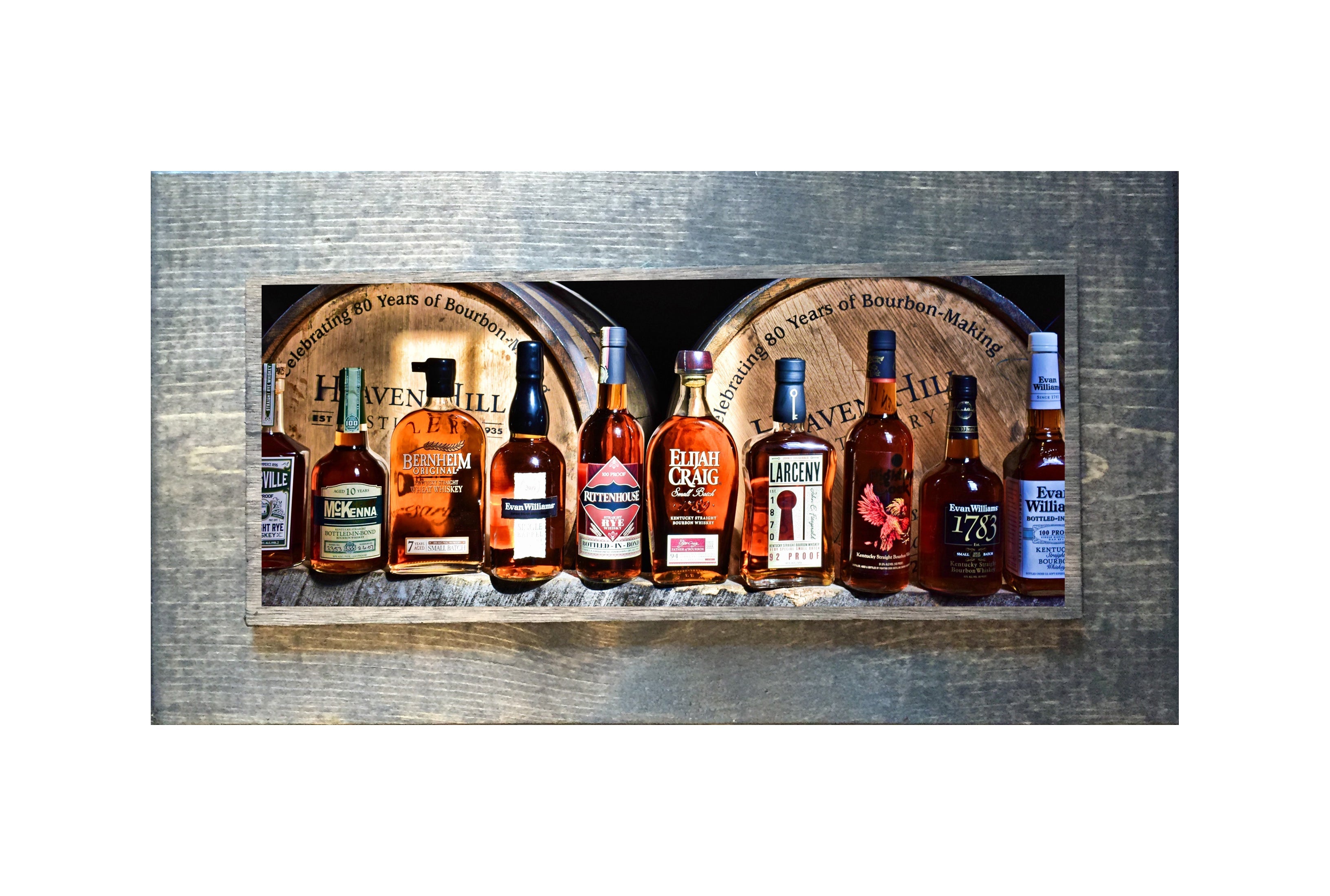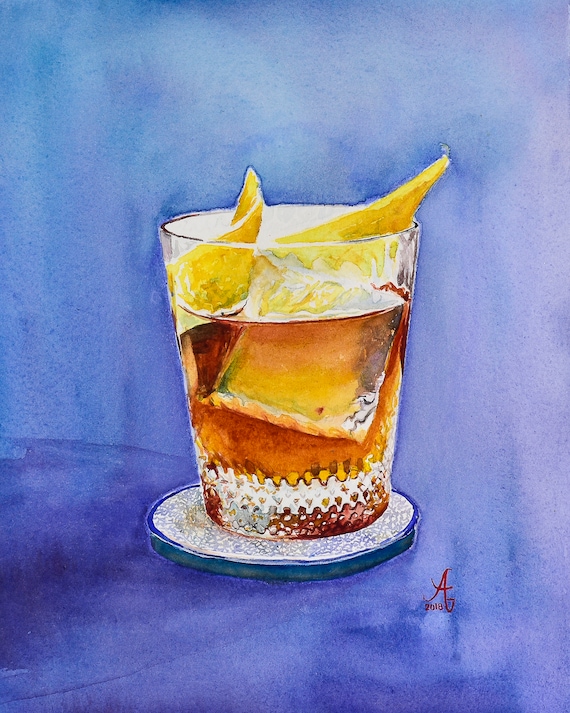Limited Edition Bourbon Art: Why Collectors Are Flocking to One-of-a-kind Finds
Limited Edition Bourbon Art: Why Collectors Are Flocking to One-of-a-kind Finds
Blog Article
The Value of Whiskey Art in Celebrating Heritage and Workmanship in the Beverage Industry
The intricate connection in between bourbon art and the event of heritage and craftsmanship within the drink industry can not be overstated. With attentively designed bottles and labels, scotch brands encapsulate their historic roots and the artisanal skills that define their manufacturing methods.
The Historic Roots of Whiskey
At the heart of scotch's appeal exists an abundant tapestry of historic roots that trace back to ancient human beings. The beginnings of bourbon can be connected to the purification techniques of the Sumerians and Babylonians around 2000 BCE, where very early forms of fermented grain beverages started to arise. It was in the Middle Ages that the art of distillation advanced significantly, especially in Ireland and Scotland, leading to the creation of bourbon as we recognize it today.
The term "whiskey" itself stems from the Gaelic word "uisce beatha," indicating "water of life." This expression emphasizes the social relevance of whiskey in Celtic societies, where it was commonly associated with rituals, events, and communal bonding. By the 15th century, purification became a recognized craft within reclusive communities, leading the way for the facility of legal distilleries.
As trade paths expanded, bourbon's popularity grew, going beyond regional limits and catching the passion of connoisseurs worldwide. Limited Edition. This historical journey mirrors not only the workmanship behind whiskey manufacturing however also its important function in cultural and social contexts, marking it as a significant beverage throughout background
Artistic Expression in Branding
Scotch branding stands as an engaging junction of creativity and business, where visual identification plays a crucial role in shaping consumer perception. The aesthetic appeals of scotch tags, product packaging, and marketing materials mirror not only the brand's tale but additionally its core worths and heritage. Through creative expression, distilleries share a narrative that reverberates with customers, evoking feelings and sparking connections.
The use of color, typography, and imagery in branding offers to differentiate items in a saturated market. Conventional concepts may evoke a feeling of authenticity and workmanship, while modern-day styles can indicate advancement and forward-thinking. This calculated creative direction enhances brand acknowledgment and commitment, enabling customers to build an individual connection with the scotch they pick.
In addition, artistic expression in branding often works as a celebration of local heritage. Distilleries frequently include regional signs or historical recommendations right into their designs, developing a local color that invites customers to take part in a more comprehensive social experience. Eventually, the creativity behind whiskey branding not only enhances visual appeal but also improves the general story of the brand, cultivating a much deeper admiration for the craftsmanship and heritage ingrained in each container.
Craftsmanship in Bottle Design
The artistry evident in whiskey branding prolongs beyond aesthetic identification to include the craftsmanship included in bottle design. Each container functions as a vessel not just for the spirit within, yet also for the story it outlines its beginning, high quality, and tradition. The style procedure calls for careful attention to information, as elements such as product, closure, and form add considerably to the total perception of the bourbon.
Workmanship in bottle layout entails picking high-grade glass that can enhance the scotch's color and clarity, while additionally supplying a responsive experience for the consumer. The silhouette of the container need to be both practical and cosmetically attractive, frequently reflecting the heritage of the brand name. Many distilleries decide for special forms or printed logos that evoke a see post feeling of authenticity and history.
Furthermore, the tag layout and typography play a vital role in communicating the brand name's story. Whiskey Art. A well-crafted bottle not just mesmerizes the customer's eye yet additionally reinforces the brand's commitment to quality and tradition. In this method, the craftsmanship of bottle style comes to be a vital facet of the bourbon experience, combining virtuosity with an extensive respect for heritage
Cultural Significance of Whiskey Art
Celebrating tradition and craftsmanship, the cultural value of scotch art transcends simple looks, linking with the historical and social stories of the regions from which it comes from. Each container serves as a canvas, depicting the distinct stories, folklore, and customs that have actually shaped regional whiskey-making techniques. The complex styles typically mirror the heritage of the distillers, incorporating symbols and motifs that reverberate with the society and values of their areas.

On top of that, scotch art plays an important role in common gatherings and celebrations, acting as a concrete web link in between people and their shared experiences. By valuing the creativity in whiskey product packaging, consumers cultivate a much deeper understanding and respect for the craft, ultimately enriching their pleasure of the beverage itself.
Modern Trends in Bourbon Discussion
In the last few years, the presentation of scotch has actually progressed to reflect modern tastes and fads while still recognizing standard craftsmanship - Realism Art. Distilleries are progressively concentrating on aesthetic aspects that boost the total alcohol consumption experience, bridging the gap between heritage and modernity
Cutting-edge bottle designs have actually arised, usually incorporating sustainable materials and imaginative labels that inform compelling tales. Lots of brand names now collaborate with regional artists, instilling their items with Full Report distinct visual expressions that reverberate with pop over to this web-site consumers. Additionally, limited-edition releases are usually packaged in collectible containers, adding value and charm for connoisseurs.

Verdict
In final thought, whiskey art serves as an important avenue for revealing the heritage and workmanship integral in the drink market. With intricate branding, cutting-edge bottle designs, and culturally considerable creative elements, scotch brand names successfully recognize their traditions and connect with customers.


Workmanship in container layout involves picking top notch glass that can improve the whiskey's color and clarity, while likewise supplying a responsive experience for the customer. In this means, the workmanship of container layout ends up being a vital facet of the whiskey experience, combining artistry with an extensive respect for heritage.
In conclusion, scotch art serves as a vital avenue for revealing the heritage and craftsmanship intrinsic in the beverage industry.
Report this page